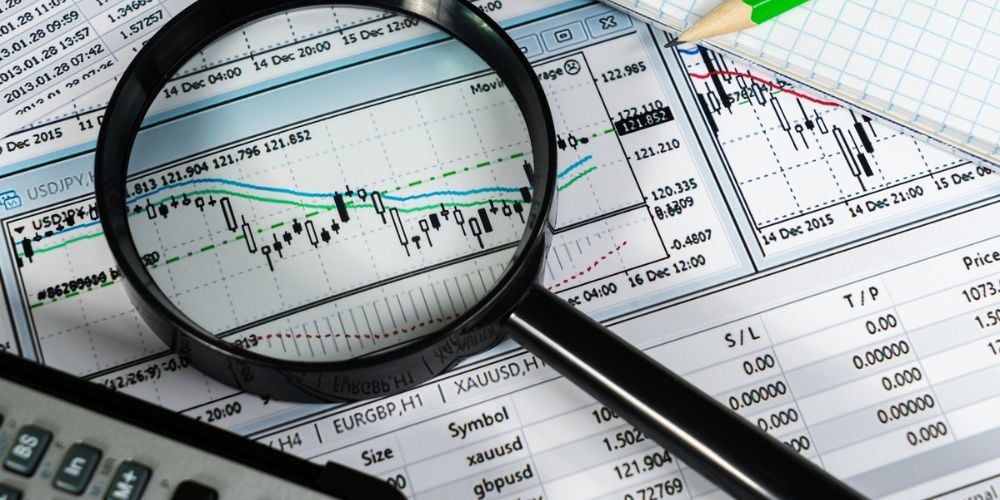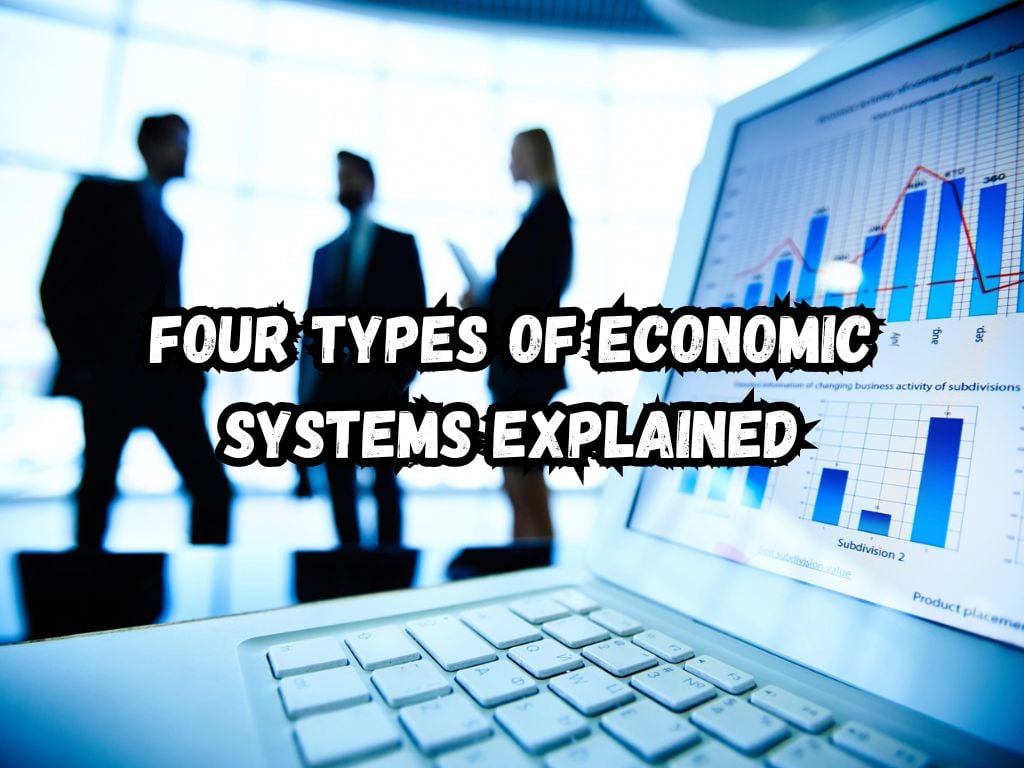When discussing how societies progress and operate, it’s vital to understand the different economic systems at play.
An economic system defines how a society distributes its resources and trade goods and services. Various economic system types exist around the world, each with unique methods and philosophies.
Four Types of Economic Systems Explained
Traditional Economic System
Definition and Overview
Within the traditional economic system, customs, and beliefs shape the goods and the production methods.
Societies with these systems often rely on farming, hunting, and gathering. Cultural laws and traditions guide these economies, and monetary gain is rarely the focus.

Key Features
Traditional economic systems are built on trust and relationships rather than monetary wealth. Most goods produced are for personal use, and any surplus is often shared within the community rather than sold.
Advantages and Disadvantages
This system often leads to strong community bonds and a sustainable approach to living. However, the resistance to new technologies and ideas can limit economic growth.
When faced with external economic pressures, traditional economies may struggle to remain viable.
Examples in the World Today
Some remote communities in Africa, the Amazon Rainforest, and parts of Asia still operate under a traditional economic system, often due to isolation from market and command economies.
Command Economic System
Definition and Overview
In a command economic system, a central authority, usually the government, makes all economic decisions. The government manages the country’s most critical industries.
Key Features
Under this system, individual choice has little influence on the distribution of goods and services.
The government decides what goods should be produced, how much should be made, and the price set for end consumers.
Advantages and Disadvantages
One of the significant advantages is that this system can change direction swiftly in response to national and international needs.
However, the lack of personal motivation can reduce innovation and efficiency.
Examples in the World Today
North Korea presents a strong example of a command economy. Here, the government controls all significant aspects of production and distribution.
Market Economic System
Definition and Overview
Market economies are the opposite of command economies. They allow for the free exchange of goods and services based on supply and demand.
Key Features
In a market economy, competition drives businesses to be more efficient and innovate to attract customers. Prices are determined by what customers are willing to pay and what sellers are willing to accept.
Advantages and Disadvantages
These systems can create wealth and a wide variety of goods and services. However, market economies can also lead to significant economic disparities and may fail to provide essential services to all citizens.
Examples in the World Today
The United States is often considered the epitome of a market economy. However, no country operates a pure market system, as all countries impose regulations to some extent.

Mixed Economic System
Definition and Overview
Mixed economies blend elements of both market and command economic systems.
They can take various forms but typically feature a degree of private economic freedom, including ownership of the means of production, alongside centralized planning and a welfare state.
Key Features
Mixed economies feature both government intervention and personal freedom. They can regulate businesses to prevent monopolies and provide social services while allowing for personal ownership and business operation.
Advantages and Disadvantages
A mixed economy aims to achieve a balance of economic growth and social welfare.
The tough part comes in finding the right mix – too much government intervention may suppress growth, whereas too little might not provide enough public services.
Examples in the World Today
France and the United Kingdom are examples of mixed economies. They have significant private sectors along with government-provided health services and welfare programs.
Comparison of the Economic Systems
Each economic system has its way of deciding on the allocation of scarce resources. Traditional economies rely on the past to guide the future; command economies rely on the government to make decisions.
Market economies let the forces of demand and supply govern the market, and mixed economies try to balance the benefits of both command and market economies.
Frequently Asked Questions
Which countries are examples of each type of economic system today?
Traditional economies are present in parts of Africa and Asia. North Korea is a command economy. The USA exemplifies a market economy. France and the UK represent mixed economies.
How do changes in leadership affect a country’s economic system?
Leadership changes can shift economic policies, affecting regulation, government spending, and economic priorities, thereby influencing overall economic growth and stability.
Can a country change its economic system, and how would it affect the citizens?
Countries can change their economic systems, impacting citizens through employment opportunities, income distribution, and access to goods and services, both positively and negatively.
How does globalization affect traditional economic systems?
Globalization challenges traditional economies by introducing new technologies and economic practices, potentially eroding cultural practices and economic self-sufficiency.
What role do technological advancements play in each economic system?
Technological advancements increase efficiency and innovation in market and mixed economies, may challenge or enhance command economies, and impact the sustainability of traditional economies.
Conclusion
Understanding the four main types of economic systems helps comprehend how nations organize their resources, businesses, and government initiatives.
Each system has its pros and cons that affect individual livelihood, economic growth, and societal progress.


 Tags:
Tags:










